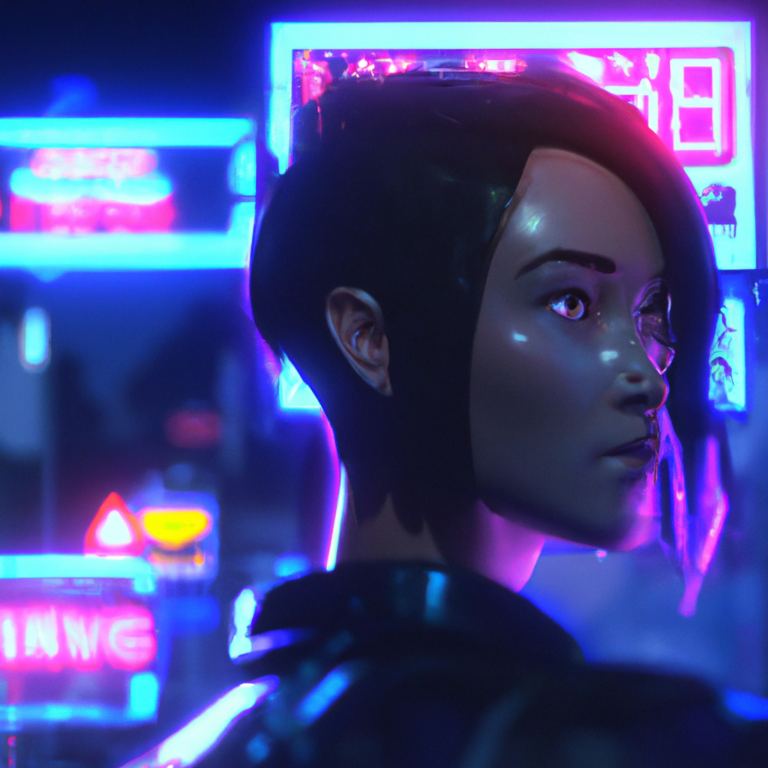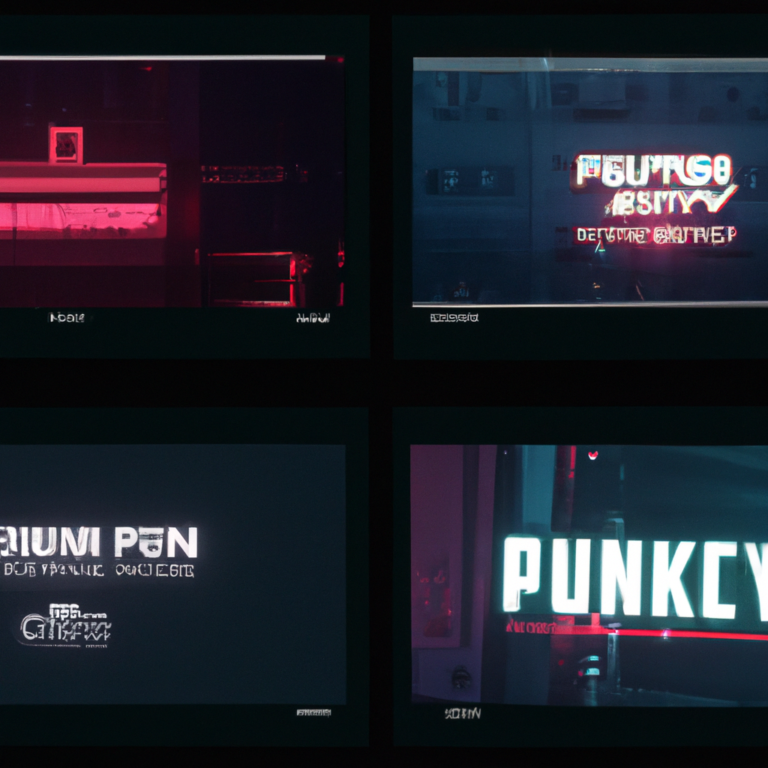“Shedding Light on Game Design: The Impact of Lighting and Color”
In the realm of game design, every element plays a crucial part in creating an immersive and engaging experience for the player. While the importance of character development, storyline, and sound design are often discussed, two elements that sometimes go unappreciated are lighting and color. These two elements, though subtle, significantly contribute to the overall mood, atmosphere, and gameplay of a video game.
The Role of Lighting in Game Design
Lighting in game design serves several purposes that go beyond merely illuminating the game’s environment. The first, and perhaps the most obvious, is to create an atmosphere. A game set in a dark, gloomy dungeon will have a very different lighting setup than a game set on a sunny beach. By manipulating lighting, game designers can steer the emotional response of the player. For instance, dim, shadowy lighting can evoke feelings of suspense or fear, while bright, soft lighting can evoke feelings of calm or joy.
Moreover, lighting also directs gameplay. Game developers often use lighting to guide players towards a specific path or to highlight crucial game elements or areas. A brightly lit door in an otherwise dark room or a glowing object are common ways lighting is used to direct the player’s attention and suggest where to go or what to interact with next.
The Role of Color in Game Design
Like lighting, color is another powerful tool in a game designer’s arsenal. The color palette of a game can say a lot about the world in which the game is set. For instance, pale and washed-out colors often suggest a bleak or dystopian environment, while vibrant and saturated colors can suggest a cheerful or fantastical world.
Colors also have strong psychological effects and can trigger certain emotional responses. Warm colors like red and yellow can evoke feelings of excitement or alertness, while cool colors like blue and green can evoke feelings of relaxation or sadness. By carefully selecting the color palette, game designers can subtly influence a player’s emotions to enhance their gaming experience.
Furthermore, color is also used to distinguish between different elements within the game. This can be seen in the use of contrasting colors to differentiate between allies and enemies or the use of color-coding to indicate the rarity or power level of different weapons or items.
In Conclusion
The use of lighting and color in game design is an integral part of creating an immersive gaming experience. They do not only establish the mood and atmosphere, but they also guide gameplay and evoke specific emotional responses from the players. As such, lighting and color are not just aesthetic choices; they are crucial design elements that can significantly impact a player’s experience and engagement with the game. Therefore, understanding and effectively using these elements is essential for any successful game designer.







